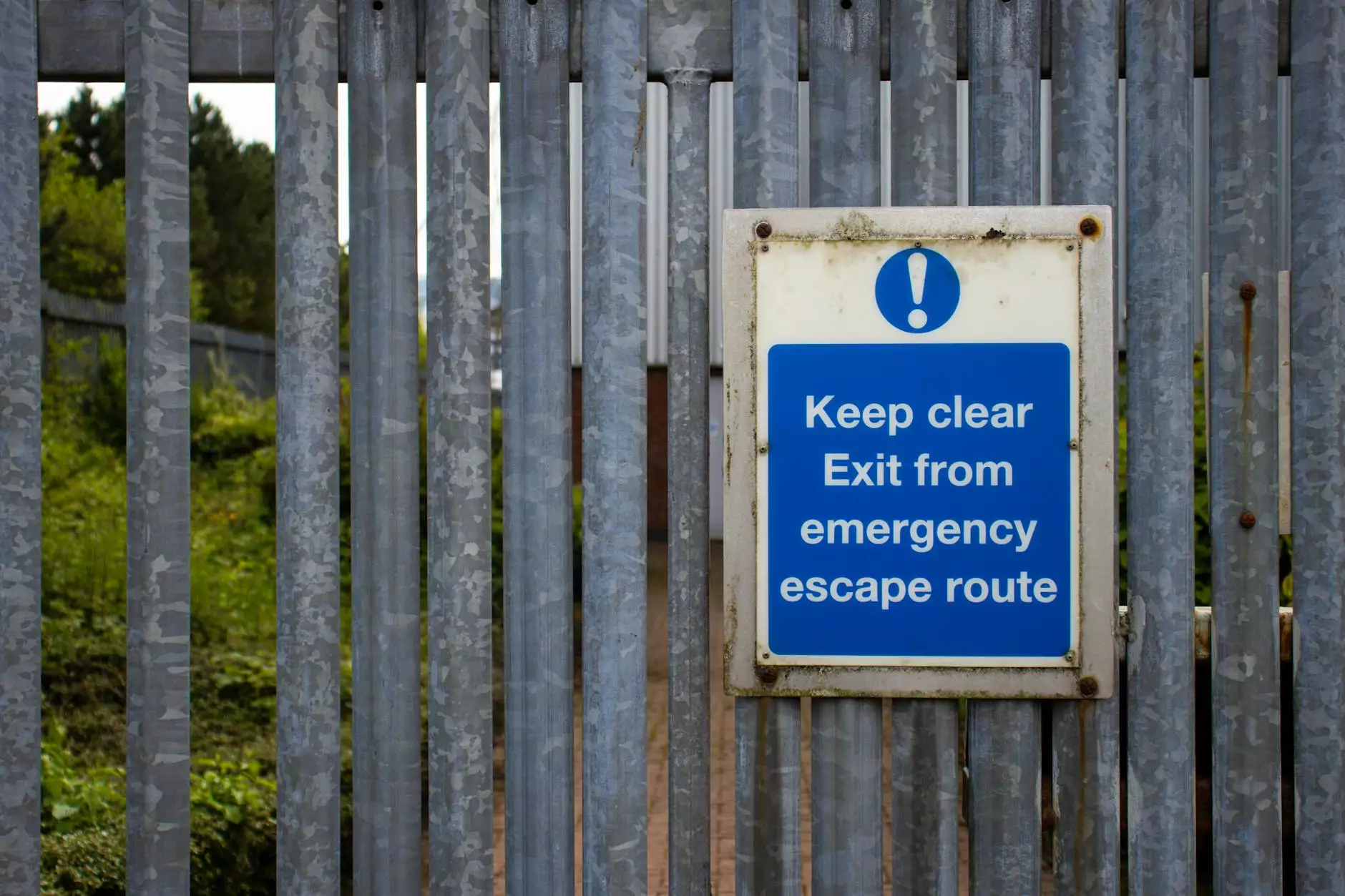Understanding FTL Shipping Rates for Your Business

In the ever-evolving landscape of business logistics, understanding FTL shipping rates is crucial for any company looking to optimize its freight costs and improve supply chain efficiency. FTL, or Full Truckload, shipping essentially means that a single shipment occupies the entire trailer, transporting goods directly from the shipper to the receiver without any intermediate stops. But what does that mean for your business, and how can you effectively manage FTL shipping rates? In this comprehensive guide, we will delve into the various components of FTL shipping, its advantages, determining factors for shipping rates, and expert tips to effectively manage logistics costs.
What is FTL Shipping?
FTL shipping refers to a transportation mode where a dealer or manufacturer ships goods that fill an entire truckload. This is in stark contrast to Less Than Truckload (LTL) shipping, where multiple shipments are combined into one truck. FTL shipping is primarily used when:
- The shipment is large enough to fill a truck.
- Fast delivery is essential.
- The goods are hazardous or sensitive in nature.
Companies often prefer FTL for its speed and the reduced risk of damage or loss, as the same driver's responsibility for the load remains unchanged during transit.
The Advantages of FTL Shipping
Choosing FTL shipping for your logistics needs provides numerous benefits:
- Cost-Effective for Large Shipments: When your shipment is substantial enough to occupy an entire truck, the per-unit cost of shipping can often be lower than using LTL.
- Faster Transit Times: Direct routes mean your goods arrive at their destination more quickly, benefiting businesses that rely on tight schedules.
- Increased Security: With fewer stops and handlers, FTL shipments face a reduced risk of damage, theft, or loss.
- Simplified Tracking: Monitoring the shipment is easier since it's a direct transfer from point A to B.
Factors Influencing FTL Shipping Rates
When it comes to understanding FTL shipping rates, several critical factors come into play:
1. Distance
The distance between the pickup and delivery points significantly impacts shipping rates. Longer distances typically lead to higher rates due to increased fuel costs and longer transit times. However, freight companies may offer discounts for longer routes or return loads.
2. Weight and Volume
The total weight and volume of the shipment are pivotal in determining rates. Heavier loads often incur higher costs, but freight charges also depend on the density of the cargo. Less dense items may cost more to ship than denser items due to the space they occupy in the trailer.
3. Fuel Prices
Fuel surcharges are common in freight shipping. Fluctuations in fuel prices can significantly affect the FTL shipping rates. Keeping an eye on fuel price trends can help businesses plan and budget effectively.
4. Type of Cargo
Certain types of cargo, especially hazardous materials, require special handling and documentation. Consequently, shipping rates for these items may be higher. Additionally, perishable items may lead to increased costs due to expedited shipping requirements.
5. Seasonal Demand
Freight rates often fluctuate based on the season. For example, during peak shipping seasons like holidays, rates can surge due to increased demand for shipping services. Planning shipments outside of these peak periods can help businesses save on costs.
How to Calculate FTL Shipping Rates
Calculating FTL shipping rates can seem daunting, but several resources can help simplify the process:
- Freight Rate Calculators: Many logistics companies provide online calculators where entering the specifics of your shipment can yield an instant rate quote.
- Consulting with Freight Brokers: Freight brokers can provide personalized quotes based on their expertise and market knowledge.
- Industry Averages: Researching average FTL shipping rates can provide a benchmark for your comparisons.
Best Practices for Managing FTL Shipping Costs
Managing FTL shipping costs effectively can greatly benefit your bottom line. Here are some best practices:
1. Establish Relationships with Carriers
Building long-term relationships with freight carriers can lead to better rates and more reliable service. Discussing your shipping needs in advance allows for customized rates and terms that can save your business money.
2. Optimize Load Planning
Maximize your truck’s load capacity by ensuring that shipments are planned efficiently. This can help minimize empty space and reduce costs associated with underutilization.
3. Negotiate Contracts
Don’t hesitate to negotiate the terms of your freight contracts. Rates can often be adjusted based on volume, so if your business has consistent shipping needs, leverage that to secure better pricing.
4. Monitor Fuel Prices
Stay aware of fluctuating fuel costs and plan your shipments accordingly, taking advantage of potential lower rates during periods of stability.
5. Use Technology
Invest in logistics management software that can help streamline your shipping processes, making it easier to track shipments, manage costs, and analyze data to improve future logistics decisions.
Conclusion: Empowering Your Business with FTL Shipping Knowledge
Understanding the complexities of FTL shipping rates can empower your business to make informed decisions, optimize logistics, and ultimately enhance profitability. By leveraging the benefits of FTL, analyzing shipping factors, and applying best practices, businesses can streamline their operations, reduce costs, and improve delivery times. Whether you are shipping for a small business or a large operation, being savvy about your transportation needs will pay dividends in the long run.
At freightrate.com, we are committed to providing expert insights and solutions to help businesses at every stage of their shipping journey. Stay informed, stay efficient, and let your logistics drive your business success.









